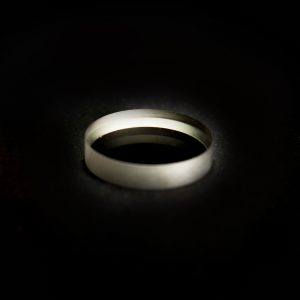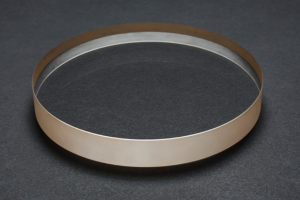It has high infrared transmission performance, the transmittance is more than 85%, and its application band range is 260-3500nm.
Compared with ordinary silicate glass, transparent quartz glass has excellent transmission performance in the whole wavelength head. In the infrared region, the spectral transmission is greater than that of ordinary glass; In the visible region, the transmittance of quartz glass is also relatively high. In the ultraviolet spectral region, especially in the short wave ultraviolet region, the spectral transmission is much better than other glasses
Spectral transmittance is affected by three factors: reflection, scattering and absorption. The reflection of quartz glass is generally 8%. The ultraviolet region is larger and the infrared region is smaller. Therefore, the transmittance of quartz glass is generally not greater than 92%. The scattering of quartz glass is relatively small and can generally be ignored. Spectral absorption is closely related to impurity content of quartz glass and production technology; The transmittance in the band below 200 nm represents the content of metal impurities; The absorption of 240 nm indicates the number of anoxic structures; The absorption of visible band is caused by the existence of transition metal ions. The absorption of 2730 nm is the absorption peak of hydroxyl, which can be used to calculate the hydroxyl content.
Calculation method of spectral transmittance using spectral absorption hydroxyl: a GE company’s calculation formula: C = 910 / T * log10 (TA / TB) mm-1 C: hydroxyl content (C, PPM) t: thickness (mm) ta: transmittance of 2600 sodium meter wavelength TB: transmittance of 2730 sodium meter wavelength B: China’s national standard calculation formula: C = 96.5 / D * LG10 (IA / I) mm-1 C: hydroxyl content (PPM) d: thickness (CM) ia: distance from 2730 sodium meter baseline to zero line (mm) 1: The distance from 2730 nm absorption peak to zero line (mm) spectral transmittance: thickness 1mm) spectral transmittance of other thickness can be deduced by formula: T = (1-r) 2 e -at T: transmittance R: single reflection loss. e: Natural logarithm base. t: Thickness (CM) spectral transmittance wavelength NM



